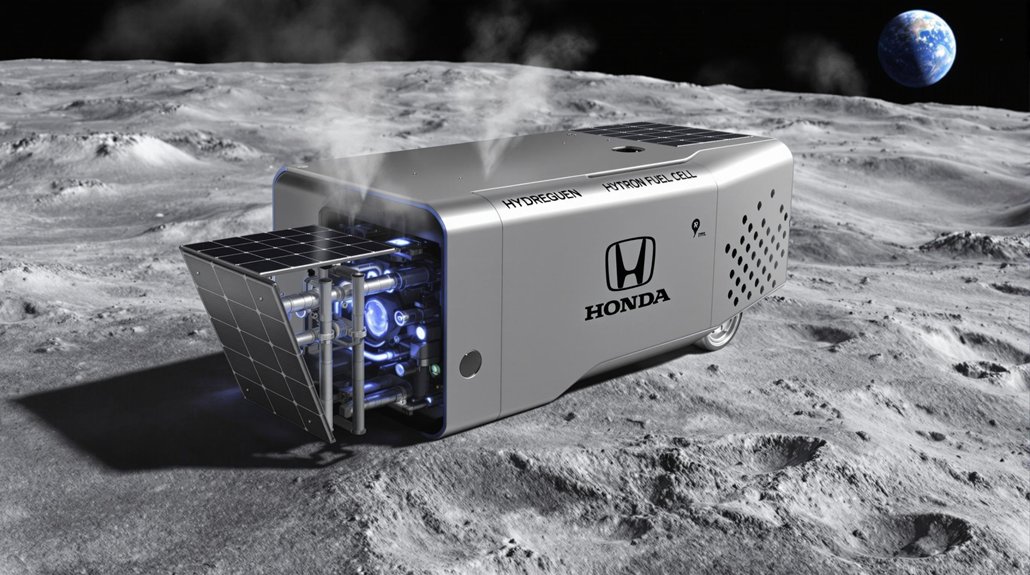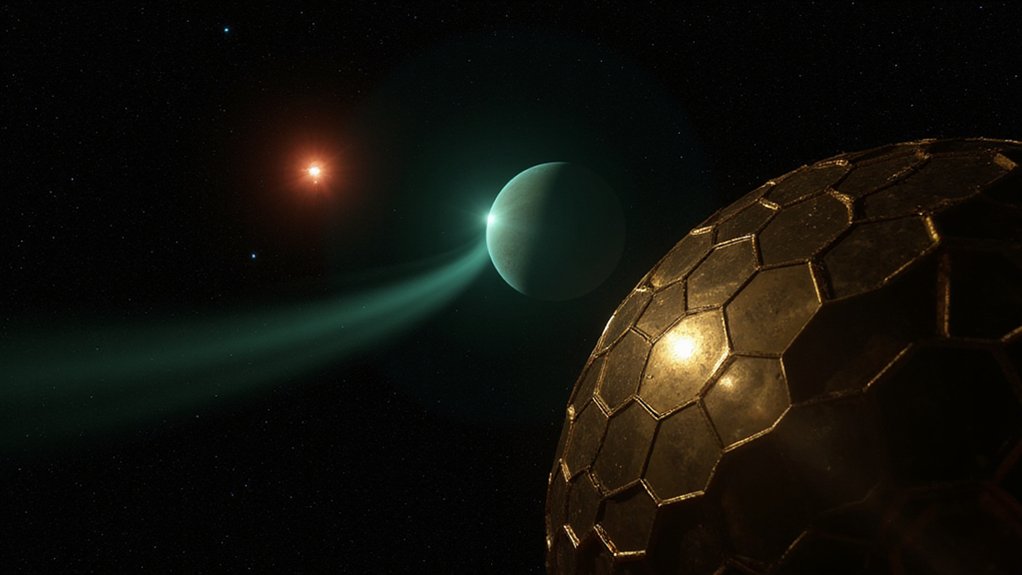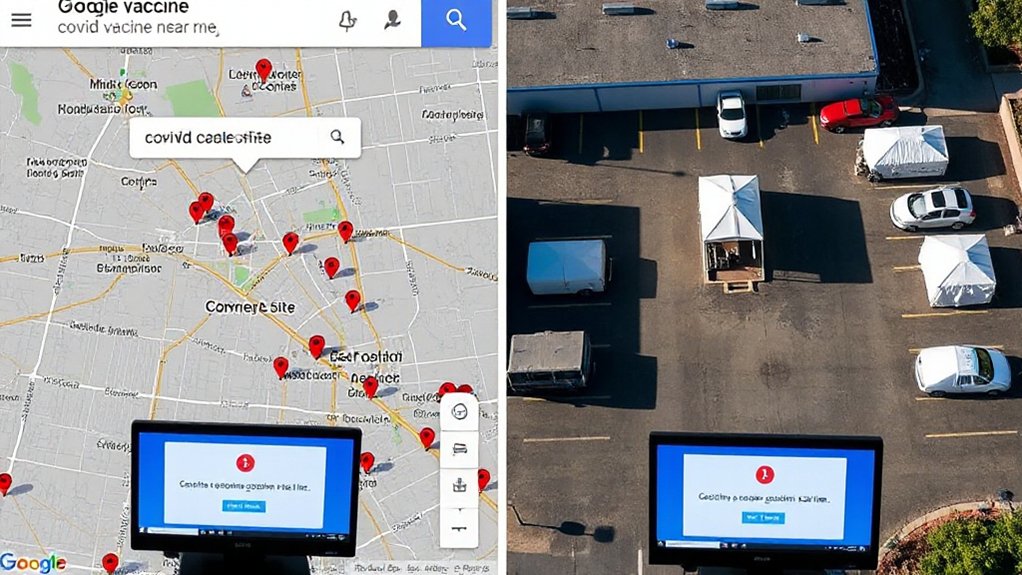Honda engineers have developed a groundbreaking hydrogen system for space exploration. The technology creates oxygen and electricity while producing water as a byproduct. It’s headed to the International Space Station for testing. This closed-loop system could be essential for establishing sustainable lunar habitats. Honda’s partnership with Sierra Space and Tec-Masters aims to solve one of space exploration’s biggest challenges: maintaining resources without regular Earth resupply. What might this mean for humanity’s future on the Moon?
While space exploration continues to push boundaries, Honda has revealed a groundbreaking hydrogen system that could transform how humans live beyond Earth. This innovative technology creates a closed-loop system designed to produce oxygen, hydrogen, and electricity to support human life in space.
The system relies on solar-powered water electrolysis, using sunlight available on the lunar surface. During daylight hours, it splits water into hydrogen and oxygen. At night, these gases power fuel cells to generate electricity. This cycle considerably reduces the need for supplies from Earth, making future space habitats more self-sufficient.
Honda’s lunar technology harnesses sunlight to create life-sustaining resources, enabling self-sufficiency in the harshest frontier known to humanity.
What makes this technology special is its regenerative nature. When the system generates energy, it produces water as a byproduct, which can then be used again in the electrolysis process. This sustainable cycle creates minimal waste and offers a long-term renewable energy solution for space missions.
Honda isn’t working alone on this project. They’ve partnered with Sierra Space and Tec-Masters to test the system’s performance in microgravity. Testing will happen on the International Space Station, with equipment delivery expected aboard Sierra Space’s Dream Chaser spacecraft in 2025.
The system isn’t just for space use. Honda envisions applications back on Earth too, particularly in remote or resource-limited areas. Honda’s new Space Development Division will begin operations in late 2024 to advance these technologies for both space and terrestrial applications. It could help meet clean energy needs while supporting zero-emission goals worldwide.
Built on Honda’s decades of experience with hydrogen fuel cells, the new system offers higher durability and lower production costs than previous versions. Its modular design allows for expansion based on specific mission needs.
As lunar exploration advances, Honda’s technology could play an essential role in establishing sustainable human presence on the Moon. By creating a renewable energy infrastructure that works in extreme conditions, including microgravity, the system represents a notable step toward making long-term space habitation possible. The technology will ultimately support NASA’s vision of a lunar outpost that could be established during the Artemis VIII mission projected for 2033.
This technology demonstrates how innovations developed for space can potentially benefit humanity both in orbit and on Earth.









